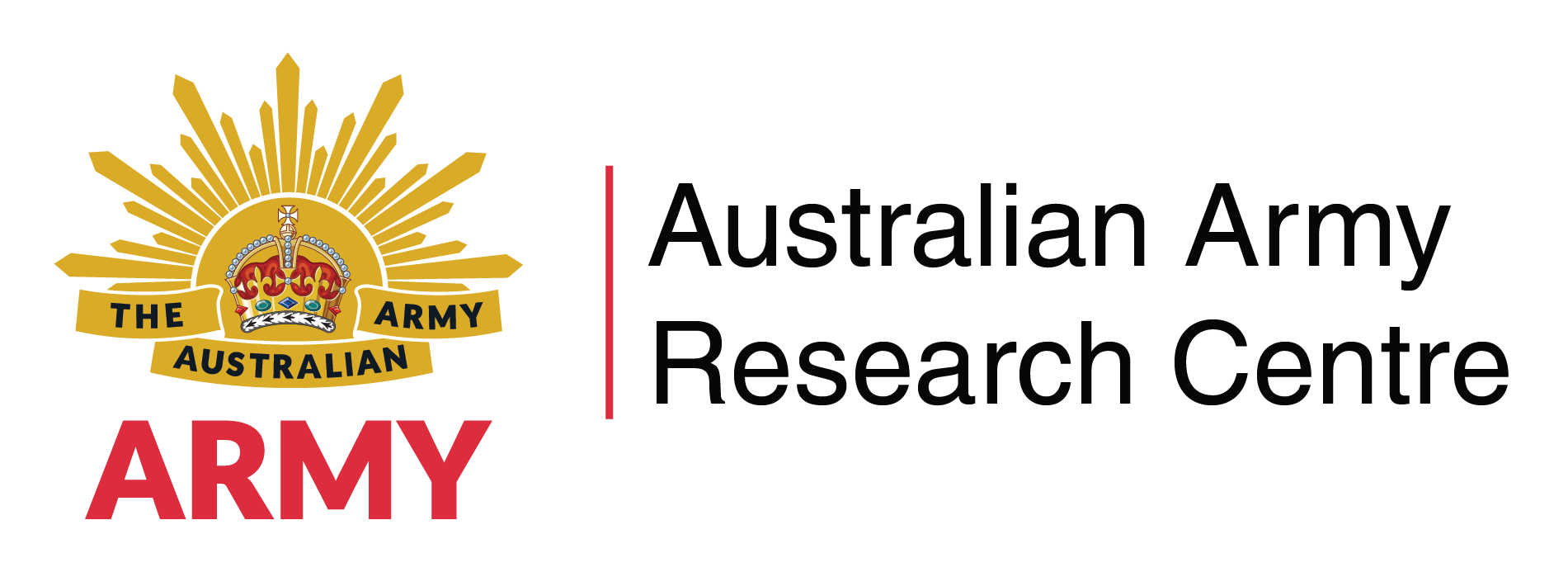Search
Using the filters to the left, click your selection, it will become bold and filter the results, click it again to remove that filter.
Abstract The Explosive Ordnance Disposal (EOD) team, an element of 20 EOD SQN, is among the Australian Defence Force’s most effective weapons in the fight against the improvised explosive device (IED), the tool of the modern insurgent. The crucial communications element of the EOD team is currently managed by a Regimental Signaller, a non-specialist operator with all-corps training. Replacing the Regimental Signaller with a specialist Communications Systems Operator (COMSYSOP), however, would significantly …
Abstract This article discusses the effect of the acquisition of the Amphibious Deployment and Sustainment (ADAS) System, acquired under JP 2048. It is argued that the project is largely ignoring the need to control river systems and shallow water areas that dominate our region’s geography. The article also discusses the training implications associated with the raising and sustaining of a world class amphibious force. A small but highly trained [amphibious] force striking ‘out of the blue’ at a vital spot …
Abstract Chris Forbes-Ewan has twenty-five years’ experience as a Defence nutritionist with the Defence Science and Technology Organisation (DSTO). He is based at DSTO-Scottsdale (aka Defence Nutrition and Food Technology). In this response to an article in the Winter 2010 issue of the Australian Army Journal , Chris argues that, although it is far from perfect, the Combat Ration One Man does make adequate nutrition available for ADF members. A man’s ration is part of his pay. As we do not pay him in …
Abstract As the battle to contain the insurgency in Afghanistan continues, it is important that the current generation of soldiers, and their leaders, thoroughly understand the principle of distinction and the legal concepts that makes one person a legal target and another not. Current international law recognises only two categories of persons with respect to conflict: combatants and civilians. This article analyses relevant international law and clarifies what has become a confused and often …
Abstract This article discusses the unconventional thoughts of H John Poole and his advocacy of small teams as the key to success in counterinsurgency conflict, and whether with modification they may find application in our own ongoing counterinsurgency effort in Uruzgan. Introduction The ADF is currently entering its ninth year of the ongoing campaign to eliminate terrorist safe havens and assist in the removal of a resurgent Taliban in order to create a democratic Islamic state in Afghanistan under the …
Abstract Any suggestion of the employment of Australian tanks in Afghanistan is frequently confronted with the sentiment that tanks are not applicable in the counterinsurgency environment. This sentiment, however, is historically inaccurate. The experiences of the Canadians and the Danes in their employment of tanks in Afghanistan highlight the impressive effectiveness of tanks in the combined arms environment in a counterinsurgency. Regardless, the topic is plagued by multiple fallacious theories. As a …
After eight years of war, more than 907 Americans dead and 4,400 wounded, and $227 billion in aid from the United States alone, Afghanistan was “deteriorating” badly, according to the NATO International Security Assistance Force (ISAF) commander, General Stanley McChrystal, in an August 2009 report to the Secretary of Defense. 1 Although General McChrystal has been more optimistic of late, the fact remains that the Taliban’s reach is more extensive now than at any time since being expelled from Kabul eight …
Abstract This article operationalises the concept of strategic risk as originally developed by Lykke as an imbalance between ends, ways and means. It explains how non-congruence between any pair of these elements can produce strategic or operational risk. The author develops the new concepts of aspirational, design and menu risk to illustrate how planning risk occurs. Various historical examples demonstrate how these risks can be identified and what techniques are available for their mitigation. The author …
Abstract Stabilisation and support operations such as those currently being undertaken by the Australian Defence Force as part of larger whole-of-government efforts in East Timor and the Solomon Islands present a number of challenges. For the military commanders and staff, the primary challenges lie in understanding the situation, identifying threat sources, determining courses of action and developing lines of operation through the orthodox application of doctrinal appreciation processes. The application …
Abstract The ADF experience of Information Operations is heavily weighted towards ‘influence’ and civil-military interaction. This bias is reflected in our concepts and philosophical doctrine. Army needs to recognise the utility of offensive capabilities, such as electronic and computer network attack, in both conventional and intra-state war. Recognising this, Army should develop appropriate organic capabilities, while enhancing its capacity to harness current and future effects. This development will be …
